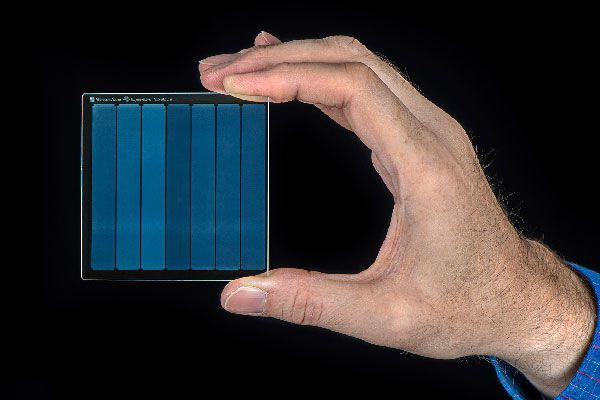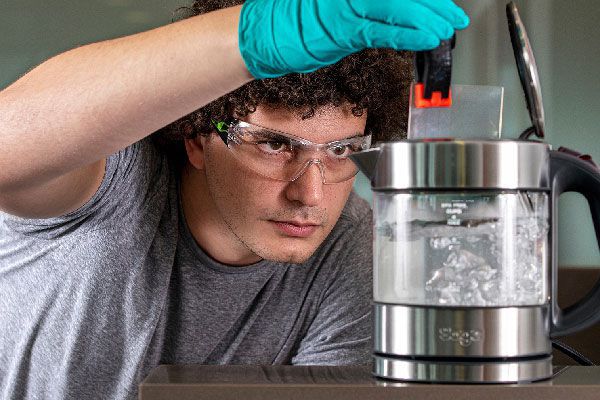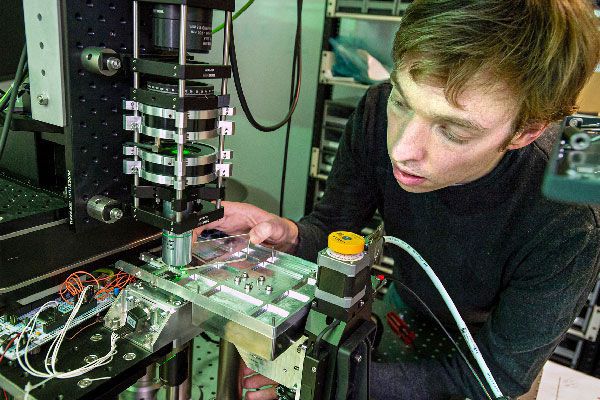
When you think about it, Hollywood and the whole production of movies hasn’t really been around that long; just over a century really. Still, with countless production companies and several large studios churning out hundreds of titles on a yearly basis nowadays, it’s not that surprising that Hollywood has accumulated quite a huge archive of footage and finished features.
It’s a significant problem because storing original film and other archival methods requires lots of space and specific environmental conditions. This data (called “cold data” by those in the industry) sits for months and years between use and so access is not a priority; it doesn’t need to remain on a server, ready to be pulled up. Instead, it is kept from anything that could break it. Several copies and versions of media is created and stored. Warner Bros. alone has over 20 million stored assets with upwards of tens of thousands more being added annually to multiple locations. Some kinds of media, such as video games, must be stored digitally and future advancements like 4K, HDR, holograms, or whatever else the future has in store will pose their own storage problems.
In a previous blog, we mentioned that optical archival discs are one potential solution.
But Microsoft thinks that the future is will be glass—glass discs, to be precise. They call it Project Silica.
What is Project Silica?

Project Silica is Microsoft’s pet project and intends to develop a storage system that will meet our future’s massive and ever-increasing data storage needs using laser optical media to eventually meet with Cloud technology. It is a collaborative project with the University of Southampton Optoelectronics Research Centre. Microsoft first began looking at glass back in 2016 in the hopes to optimize for industry cold data.
The idea of using glass discs to store data is not a novel one; in fact, Warner Bros found old audio recordings that were stored on glass discs only a little larger than your typical vinyl record. They unlocked a 1940s era “Superman” radio recording that they were able to unlock and digitize. This is what led Warner Bros to choose the Superman title to make the daring move to Microsoft’s Project Silica which uses a different method and technology than the one Warner Bros found. Microsoft utilizes a technology similar to the one used for Lasik eye surgery which burns voxels (small geometric shapes) into glass. Multiple bits of information can be coded into each voxel and can be encoded in multiple layers, unlike typical CDs or optical discs. The Superman disc in question will utilize 74 different layers but new advances make it possible to add more.

Data stored this way can be accessed by shining light through the disc and capturing it with microscopic readers. It’s as simple as it sounds; Microsoft initially just bought microscopes that you can buy at any store. Machine learning can be used to quickly read the captured light images. Access and storage processes are still in their early stages but do work. The Superman disc was meticulously checked bit by bit to ensure there was no corruption. They found none, which demonstrates Microsoft’s payoff for their extensive testing to make sure their medium couldn’t be damaged easily. Heat, scratching, microwave damage—the glass discs withstood them all. Certainly, they can be broken—with a hammer. The conditions archival mediums are typically subjected to, however, do not seem to be an issue.
This technology has potential archival uses for other industries, too, such as medical and banking markets. Cold data storage is a security must have and its potential high limit capacity (with its multiple layers) make it an attractive security and archival option. Or it may have uses that we aren’t even aware of yet. Microsoft will not release what capacity their glass discs have (though it appears they haven’t hit 1 terabyte yet) but they are strong in their enthusiasm.
“I believe the future is glass,” stated Ant Rowstron, principal researcher for Microsoft Research.
Warner Bros. isn’t ready to completely jump on the glass bandwagon yet. They are merely adding it to a list of potential solutions. Just as well: the technology isn’t quite ready yet. Read and write tech needs to be condensed into a single device and capacity needs to increase. So, don’t expect to find quartz glass discs available this Christmas but perhaps one day you can buy a forever available copy of Avengers: Endgame.

